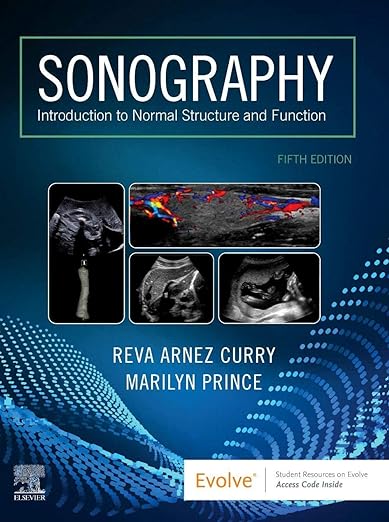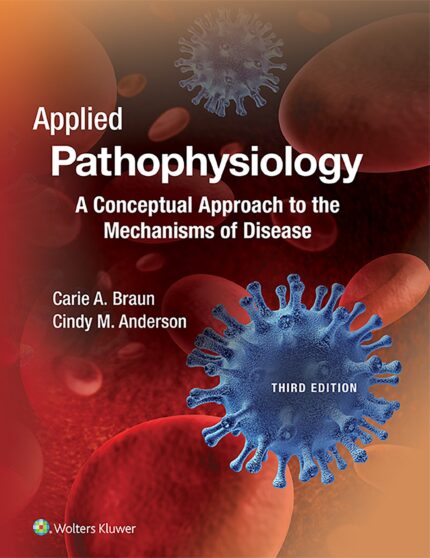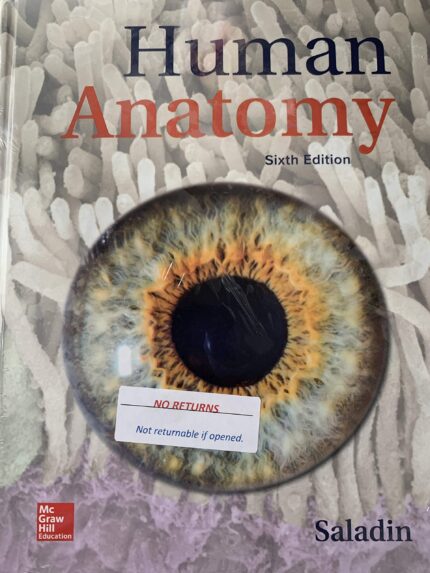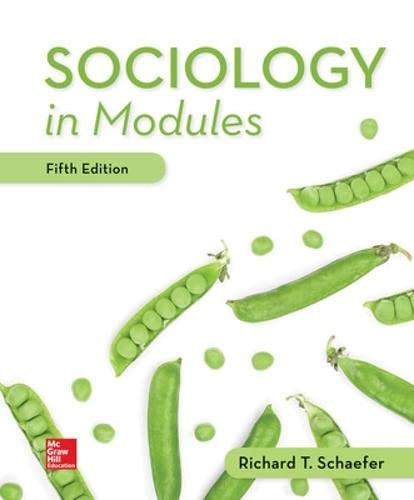Marine Science Ist Edition By Peter Castro – Test Bank
Chapter 03
Ocean Chemistry and Structure
Multiple Choice Questions
1. Hydrogen bonds in water molecules are formed between:
A. Ions in solution between the molecules.
B. Nuclei of adjacent molecules.
C. Hydrogen and oxygen atoms of adjacent molecules.
D. Two hydrogen atoms of the same molecule.
E. Two oxygen atoms of the same molecule.
Ans: C
Florida Standards: SC.912.L.18.12
Ocean Literacy Standards:
Book Section: 3.1
2. A(n) _______ is a substance of two or more atoms held together with chemical bonds.
A. Element
B. Molecule
C. Isotope
D. Ion
E. Proton
Ans: B
Florida Standards: SC.912.L.18.12
Ocean Literacy Standards:
Book Section: 3.1
3. Which of the following is not an element?
A. Sodium chloride
B. Nitrogen
C. Hydrogen
D. Oxygen
E. Magnesium
Ans: A
Florida Standards:
Ocean Literacy Standards:
Book Section: 3.1, 3.2
4. _______ is a measure of the total kinetic energy of the particles in a substance.
A. Temperature
B. Kelvin
C. Heat
D. Evaporation
E. Density
Ans: C
Florida Standards: SC.912.P.10.In.a
Ocean Literacy Standards:
Book Section: 3.1
5. Where would you expect to find the least number of hydrogen bonds in a given area?
A. Water at 4°C
B. Water at 90°C
C. Gas at 110°C
D. Ice at 0°C
E. Salt water at –2°C
Ans: C
Florida Standards: SC.912.L.18.12
Ocean Literacy Standards:
Book Section: 3.1
6. When water cools, but does not freeze, the molecules move _______ and take up _______ space.
A. Faster, less
B. Slower, more
C. Faster, more
D. Slower, less
E. Up, less
Ans: D
Florida Standards: SC.912.L.18.12
Ocean Literacy Standards:
Book Section: 3.1
7. Which of the following is the state of water at a temperature of 4∞C?
A. Boiling point of water
B. Maximum density of water
C. Freezing point of water
D. Sublimation point of water
E. Condensation point of water
Ans: B
Florida Standards: SC.912.L.18.12
Ocean Literacy Standards:
Book Section: 3.1














Reviews
There are no reviews yet.